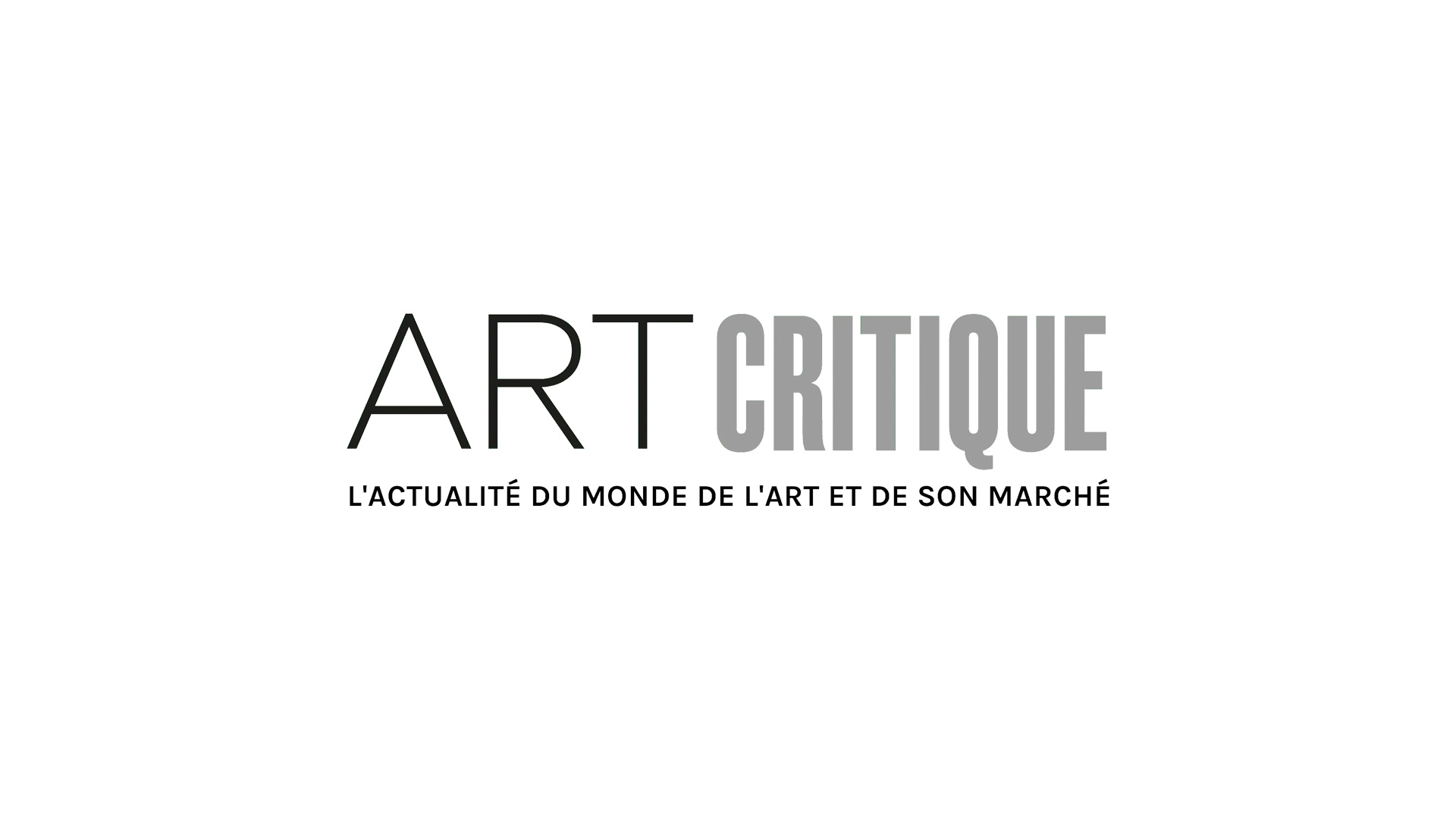In 1941, President Franklin Roosevelt introduced the idea of the Four Freedoms to the American people in his State of the Union address. While World War II raged on, Franklin gave hope to his country by reminding them that their efforts were fighting for the freedom of speech, the freedom of worship, the freedom from want, and the freedom from fear.


The speech not only inspired war-wearied people but also Norman Rockwell, an artist who was already a household name in the US. In a series of four paintings, Rockwell gave a picturesque snapshot into the lives of Americans representing the freedoms Roosevelt championed. In his unmistakable, photorealistic style, Rockwell captures, in great detail, the serious, blue-collar, and sometimes quirky nature of the American people. However, Rockwell did not capture the entire picture. Or more so, he did not capture all of America’s people.
The lack of representation in the original paintings has sparked the creativity of artist Hank Williams Thomas. In an interview with TIME, Thomas said ‘[Rockwell] was one of the people who really shaped the iconography of America and our visual culture. There are a lot of people who are missing in those images.’


In 2016, Thomas, with Eric Gottesman, co-founded For Freedoms, a non-partisan organization which aims to get artists involved in civic issues. Since developing the organization, Thomas has been considering reworking Rockwell’s series. Now, 75 years after their debut in The Saturday Evening Post, Thomas has teamed up with photographer and friend, Emily Shur, in an effort to create a more accurate image of America.


The pair invited friends, family, and almost-strangers to two separate shoots for the revisioning. Nearly 100 people showed up to take part in updating the ‘Four Freedoms’. Actors, including Rosario Dawson, Michael Ealy, and Jesse Williams, filmmaker Robert A. Nakamura, and news anchor Van Jones showed up to the shoots. In addition to better-known names, dozens of individuals from the Native American, trans, immigrant, and activist communities, to name a few, participated to represent the rich diversity present in today’s America.


The result are stunning photographs that represent people of all kinds. The homogeneity of Rockwell’s series is long gone in the reimagined versions. The themes of freedom are ever present but these freedoms are for everyone, not only white middle-class men and women. Moreover, Thomas and Shur realized they could not fit America’s diversity into four images. So, they expanded. It took the duo 82 composite images to tackle this feat, and, as Shur admitted, there is no doubt that more could be added.
Thomas and Shur’s photos will form the base for a national billboard campaign that is part of For Freedoms’s 50 State Initiative. Launched in September, the initiative seeks to ‘create collaboration’ through public art, exhibitions, and community meetings.
‘If we want to hold onto this idea of a classic America, we also need to update it as our country changes,’ Thomas stated to TIME, ‘which means that 75 years from now our pictures will likely mean something different. Click here for a complete list of places to find exhibitions, billboards, and more by For Freedom.





